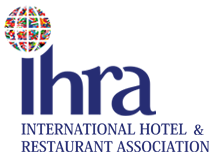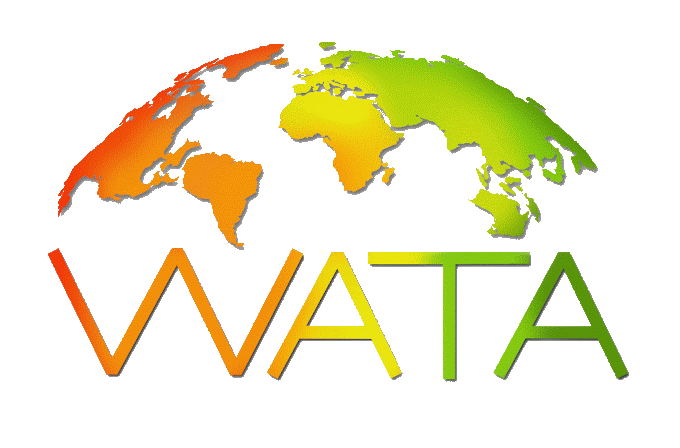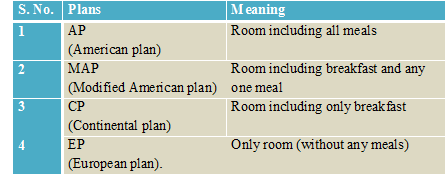PATA (Pacific Asia Travel Association)
Founded in: 1951
Head Quarter: Bangkok, Thailand
An International Nonprofit Association.
Mission of PATA
Mission of PATA is to act as a catalyst for the responsible development of travel and tourism to, from and within the Asia Pacific region. Along with this PATA In partnership with its private and public sector members, enhances the sustainable growth, value and quality of travel and tourism to, from and within the region.
Photo: Asia Pacific region
PATA Members
S.N | PATA Members |
1 | 95 government, state and city tourism bodies |
2 | 25 international airlines and airports |
3 | 108 hospitality organizations |
4 | 72 educational institutions |
5 | Hundreds of travel industry companies in Asia Pacific and beyond. |
Activities of PATA
- Provides leadership and counsel on an individual and collective basis to its member organizations.
- Build business for members
- Provide valuable insights (Asia Pacific inbound and outbound statistics), forecasts and analysis help members make better business decisions
- To take a lead position on travel industry issues that need to be addressed and ensuring that the sector speaks with one voice (including ACI, CLIA, IATA, ICAO, WEF, UNWTO and the WTTC) and acts in unison on the major issues.
- PATA has 36 active Chapters worldwide through which travel industry training and business development events are organized for the Travel professional members. The development of the chapter system was an effort to involve professionals in the travel and tourism industry who could not participate in PATA’s activities or attend annual conference and workshops, and to expand PATA’s presence in previously untapped markets.
PATA History
Year | Milestones |
1951 | Foundation. In Hawaii |
1952 | Formal incorporation of Pacific Interim Travel Association (PITA) in Honolulu, Hawaii. |
1953 | Adoption of a new name ‘PATA’ – Pacific Area Travel Association – at the second Pacific Area Travel Conference, in Honolulu, Hawaii. |
1959 | PATA launches its first consumer campaign aimed at trying to convince the American public to travel to the Pacific Area region. |
1961 | Establishment of first PATA Chapters in New Zealand and Hong Kong. |
1962 | Results of the Checchi Report, co-sponsored by PATA and produced by the Stanford Research Institute. The report outlined the status of tourism in the Pacific region, both area-wide and individually by country. The report quickly became a blueprint for many NTO and travel planners. |
1966 | School of TIM (Tourism Industry Management) at the University of Hawaii becomes the first such institution to be established in the region. |
1978 | The first ever PATA Travel Mart was held in Manila |
1986 | PATA changes its name from Pacific Area Travel Association to Pacific Asia Travel Association to reflect the ever-increasing importance of Asia in commerce and world affairs. |
1992 | PATA’s Code for Environmentally Responsible Tourism (CERT)is adopted at the annual conference in Hong Kong. Also in this year CNTA join PATA as a government member. |
1994 | Green Leaf program is launched, designed to encourage members to incorporate CERT (Code for Environmentally Responsible Tourism) into their operations, and becomes a centerpiece of PATA’s initiatives in the area of sustainable tourism. It was later integrated into the WTTC-run Green Globe programme (2000). |
1998 | PATA HQ moves from San Francisco to Bangkok to be in the heart of its membership region. |
2004 | PATA changes its Mission Statement to include tourism ‘to, from and within’ Asia Pacific, recognizing the importance of the region as a growing outbound market |
2005 | Amendment to the association’s Mission Statement to reflect concerns for responsible tourism. |
Committees
•Government/Destination
Committee
•Aviation Committee
• Hospitality Committee
•Industry
Council
•Human
Capital Development Committee
•Sustainability







0 Comments